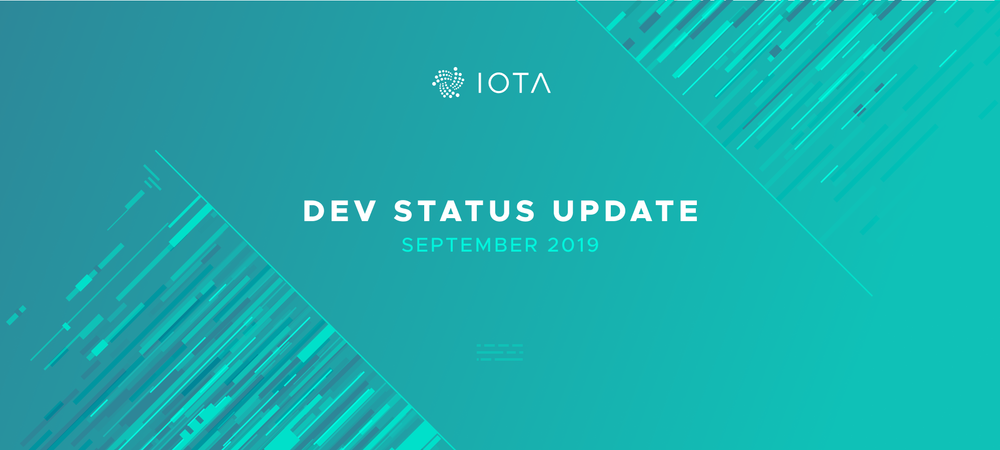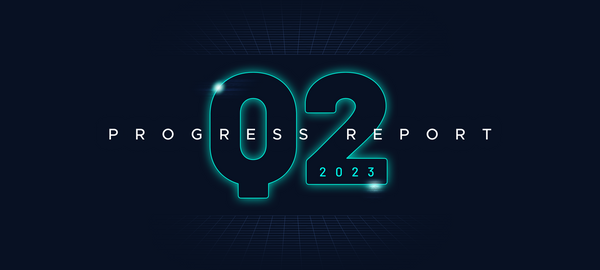Dev Status Update September 2019
Published by the IOTA dev team every month, this update will provide you with news and updates about our key projects!
Last month we started a new format for the dev update and our regular readers noticed the difference right away. We’re glad that you like so we will continue with this new layout.
The team has set up the project architecture and has now started working on various core modules that will ultimately come together, such as the components of the new node software.
We have also been working closely with the research groups to begin writing out the specifications for Coordicide related modules. We are on track to have these module specifications ready as the core modules are completed, which is in line with the plan laid out in our Coordicide R&D blog post.
The FPGA team is about to run the first full incarnation of the QCM on an FPGA. It will be interesting to see if everything works as imagined on real hardware.
The initial Qubic Messaging Layer solution was presented to the Research team and we’re now adapting the QML to counter certain attack vectors that our initial analysis revealed.
One of the major bottlenecks in IRI is still the tip selection algorithm. We are experimenting with and benchmarking some improvements to the tip selection algorithm that, if successful, will help us remove this bottleneck. Check the tagged GitHub issues to keep track of the latest updates on this front.
We’re also working on an improved method of storing the spent addresses database, which should ideally be kept together with a snapshot for better usability and less chance of user error.
The next version of IRI should be making its way on to the IOTA Community Committee (ICC) testnet sometime next week.
In case you missed it, the entangled team’s Sam Chen wrote a blog post and video tutorial for sending IOTA through the ESP32 wallet. cIRI v0.1.0 alpha was also recently released, which brings cIRI to feature parity with the original version in Java. You can find the alpha release on GitHub.
One popular request from node operators and exchanges has been to support alternative backends and APIs. To that end, we are working to extend the IOTA Hub with a REST API, as an alternative to the standard gRPC API.
With v1 released only last month, the Trinity team has pushed on full steam ahead. The v1.1.0 release candidate is already available for both desktop and mobile on GitHub. This update brings some feature enhancements that missed the deadline for v1.0.0. Users can select their own node for Proof of Work, and the wallet now supports HTTP Basic Auth for advanced users and developers. A spent address recovery tool is currently in development, as well as a significant Proof of Work speed boost — these will be available in the next release.
Meanwhile, Trinity v2 ideas continue to flow. We aren’t quite ready to share our full plans yet, but some of the initial design mock-ups are pretty sleek. We look forward to seeing what the team — and you, the IOTA community — come up with for the next generation of IOTA wallet software.
It’s been a long time coming, but the IOTA Permanode is finally here! Check out the blog post for full details.
As always, feel free to stop by on Discord— every project mentioned here has a channel (or more) for discussion with the devs!
Follow us on our official channels for the latest updates:
Discord | Twitter | LinkedIn | Instagram | YouTube




